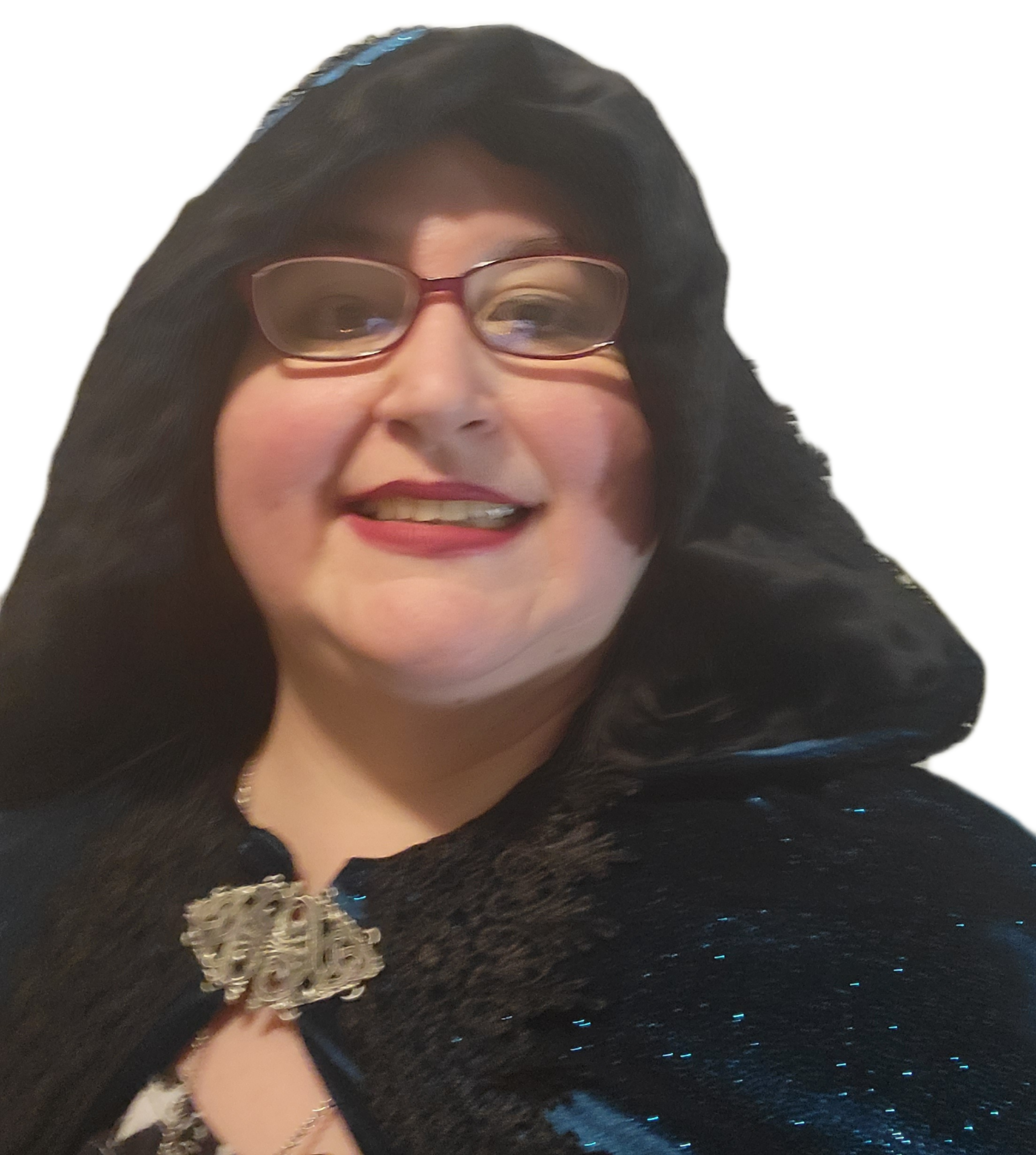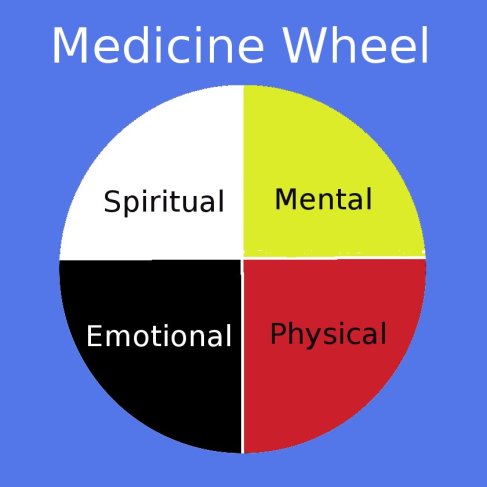My name is Wenona Gardner. My Native American name is Wapaan Alaangweew which means Morning Star the symbol of hope. I am Native American enrolled in the Stockbridge-Munsee band of Mohicans. We are a tribe of Woodland Indians with our tribal office and reservation located in Shawano County, Wisconsin. Upon receiving my name I increased my activity in participating in various ceremonies and during this time I was taught about wellness through the Native American Medicine Wheel the balance of the mind, body, heart, and spirit.
I also have Post Traumatic Stress Disorder and Bipolar Disorder. As a person rooted in Native American ways and trying to walk the Red Road and also walking in the world of Western medicine seeking to address the mental illnesses I have, I often feel overwhelmed walking in these two worlds. On top of struggling through symptoms I feel trying to deal with two cultures many times there is miscommunication between the two from my experience. In my Wellness Recovery Action Plan (WRAP) I hope will communicate my personal viewpoint on wellness to bridge the gap.
My understanding of the Medicine Wheel is intuitive as I experienced in ceremony smelling the sweet grass burn and calling the four directions for prayer. We are taught to think in circles. That life is circular and flows in cycles likes the seasons. The Medicine Wheel teaches these things and much more. Teachings that have been passed down through the ages orally.
Many Native American people are trying to address such things as the high depression, substance abuse, and suicide rates (according to Federal Office of Minority Health & Health Disparities. “Minority Health Determines the Health of the Nation” http://www.cdc.gov/omhd ) in the native community by going back to the native community by going back to the Native American Medicine Wheel and other traditional ways of healing.
Many Native American spiritual leaders and healers believe that the way to heal many members in the community from mental illness is strengthening all four dimensions of one’s being mind, body, heart, and spirit signified by the colors of yellow, red, black, and white respectfully. Each of these represent the balance of the four nations. These are the colors that I was taught about the Medicine Wheel, though I am aware other tribal nations do sometimes use other colors.
Why the four directions of the Medicine Wheel?
Even though one may have a mental illness they can strengthen their quality of life by not just focusing on their mind, but also other aspects of their being such as the heart, physical, and spiritual strive to achieve the circle. In doing so we are trying to be the best we can be at the highest level of health we can achieve. For example, when one is hospitalized to deal with mental illness issues it would help if that Native American person has access to their Spiritual Leaders. Also, in the Native American ways the use of tobacco is sacred and it’s smoke is considered prayers that go up to the Creator. I heard word that locally they deny patients from having access to tobacco. What if your Native American and believe the use of tobacco carries prayers to the Great Creator, you would be denied access to worship in this way if you are in a hospital that prohibits tobacco use. I am not sure the Western doctors and staff see this from a culture perspective that many Native American Traditional Spiritual leaders do.
Cultural Wellness
I do believe there is such a thing as cultural wellness. I remember hearing the phrase reading about Medicine Wheel and wellness. What I got from the article basically was that respecting someone’s culture in dealing with wellness and in this case mental healing is very real. I strongly believe that a health care systems that respects and seeks out to honor my culture background regardless of prejudicial judgments of my fair skin would be greatly appreciated.
There are ways to learn about the Medicine Wheel and wellness through talking with Native American people. Many Native American healers work within local Indian Health boards and Tribal Health Centers. Speaking to Native Americans is most preferred over books cause our culture is an oral based culture. I recommend using books as secondary source.
There doesn’t have to be a situation as the Native American character played by Will Sampson in the movie “One Flew Over The Cuckoo’s Nest” whose only perceived way he could deal with the Western medicine mental health system is to bust through a window and flee like mad from a system that was supposed to be healing. I am hoping the teachings of the Medicine Wheel can be understood as it relates to wellness and be bridged as a gap to help me better to those who want to help work with my mental illness.



Thank you Awomono Tubuaggena morning dawn (North Star-Morning Star) for being honest about PTSD I get it from authoritarian figures. Healaing is found the four direction way (watsuggwe’yoo nimatu) 12 steps and Wellbreity helps give me that guidance. ❤🙏🙏
LikeLike